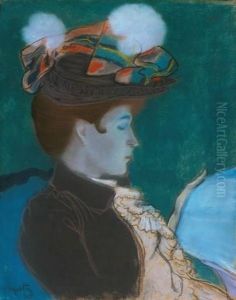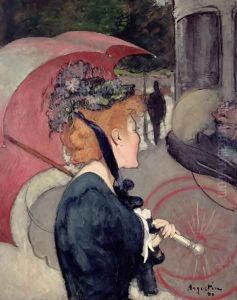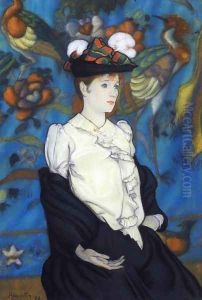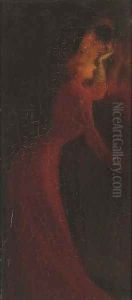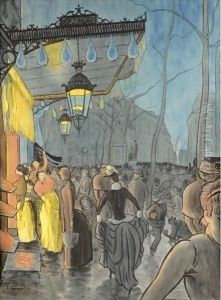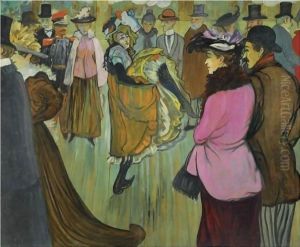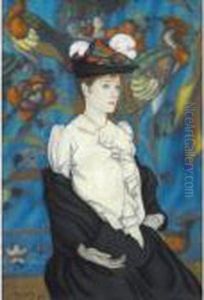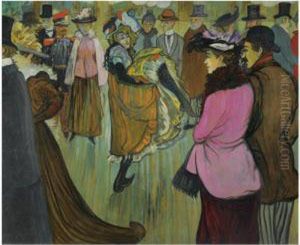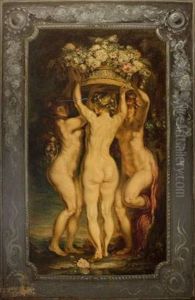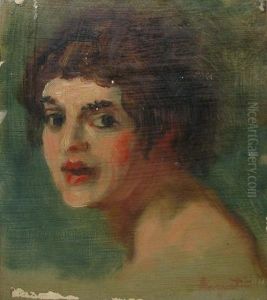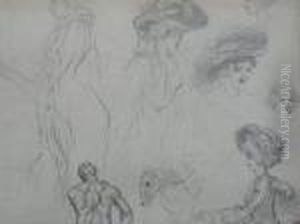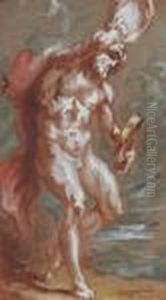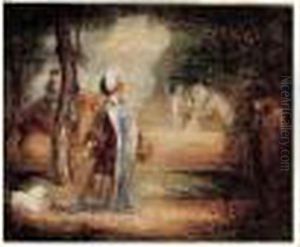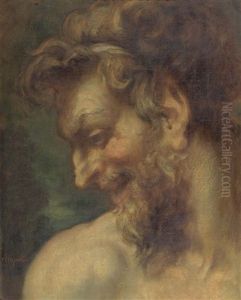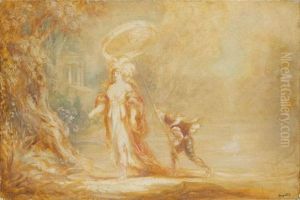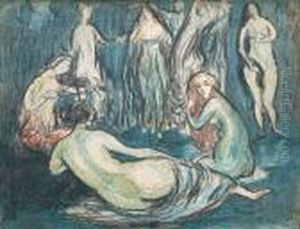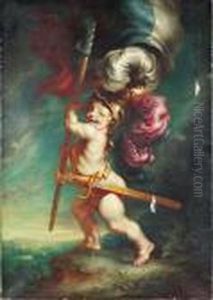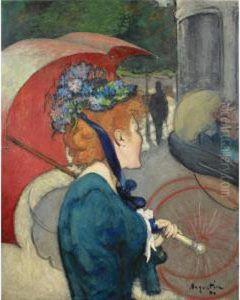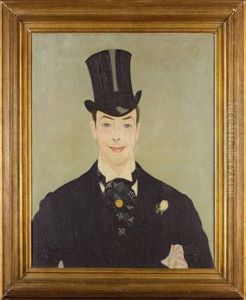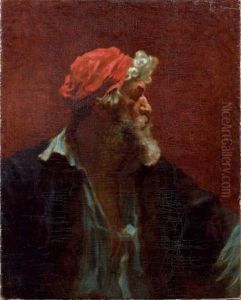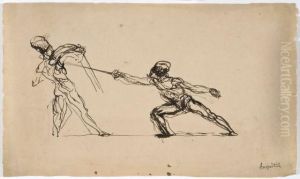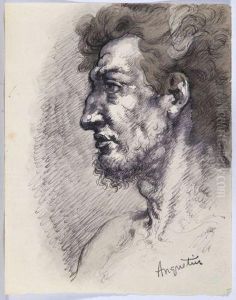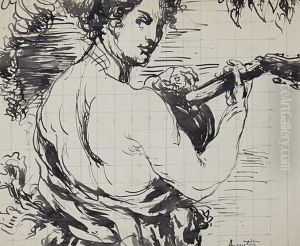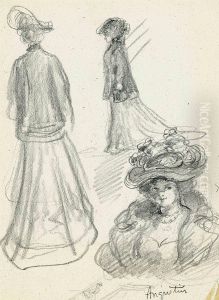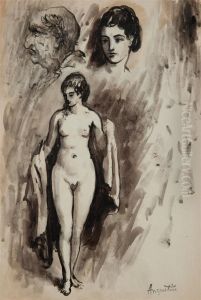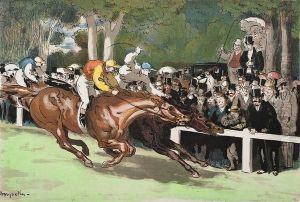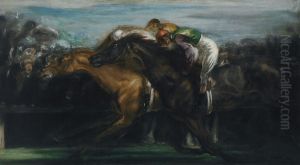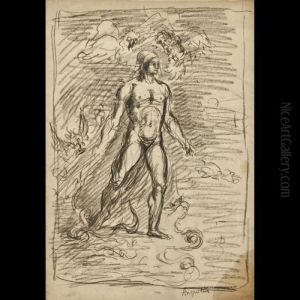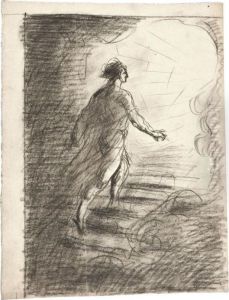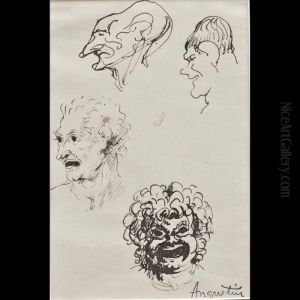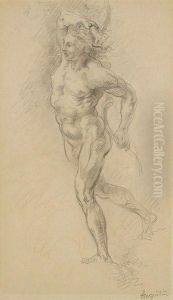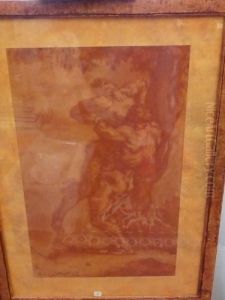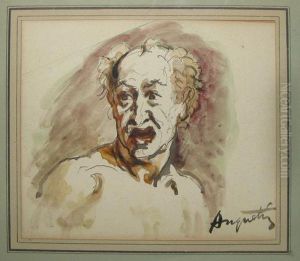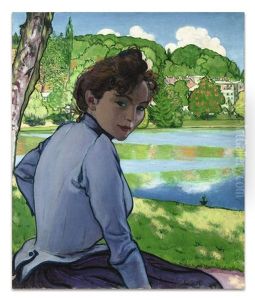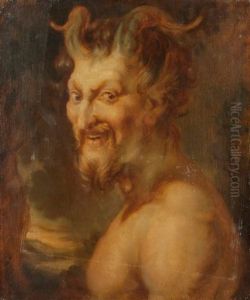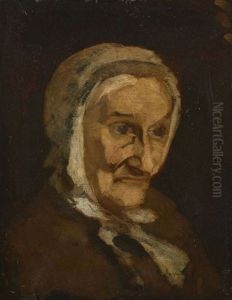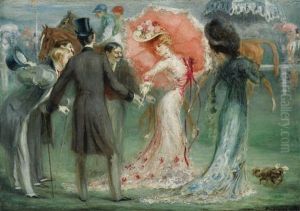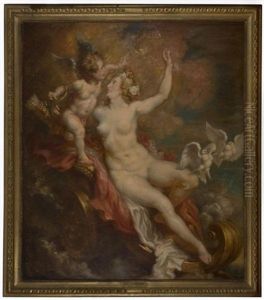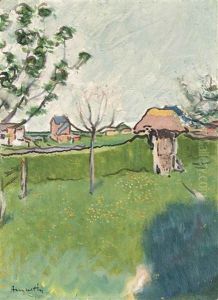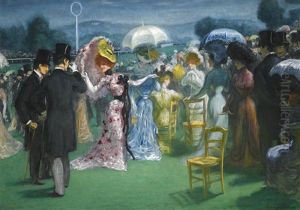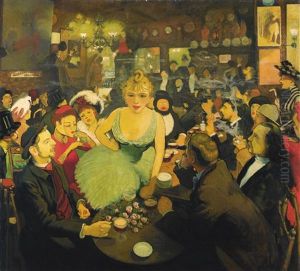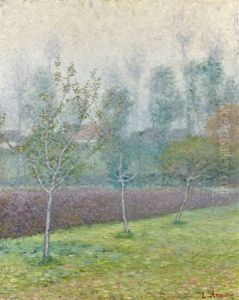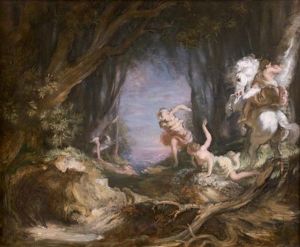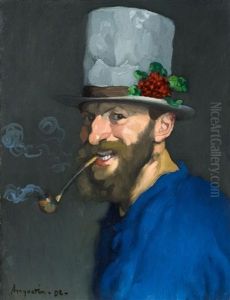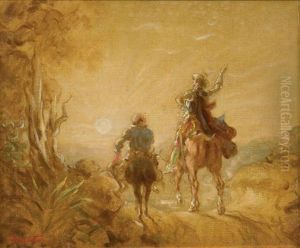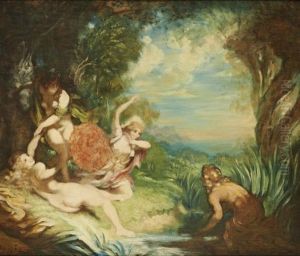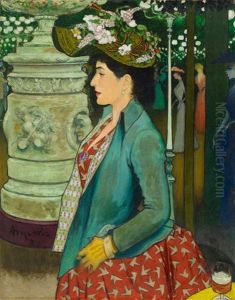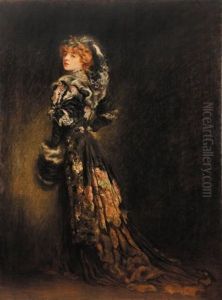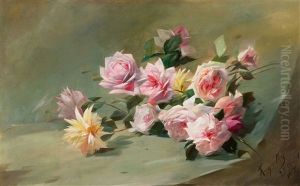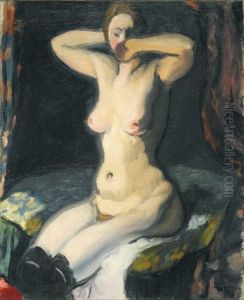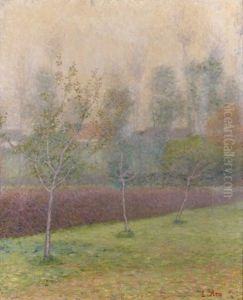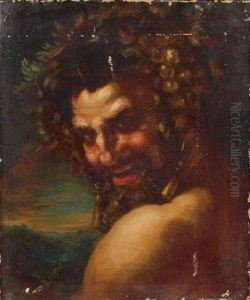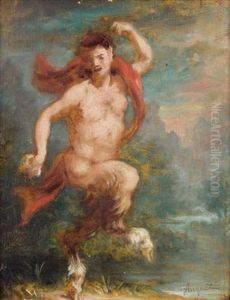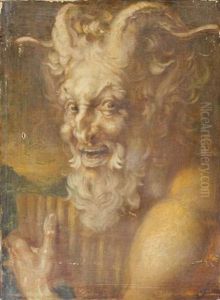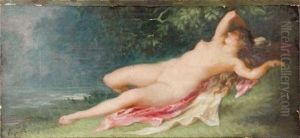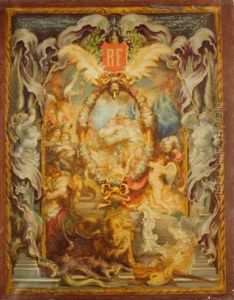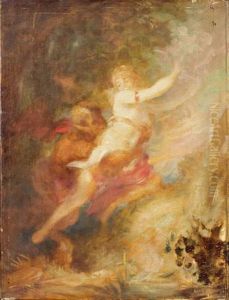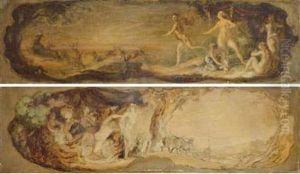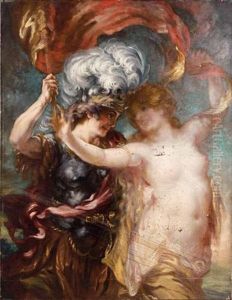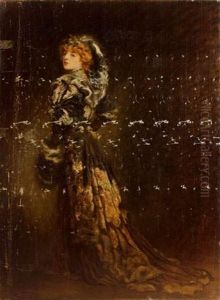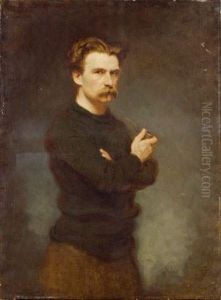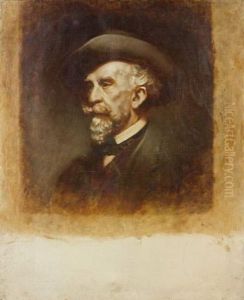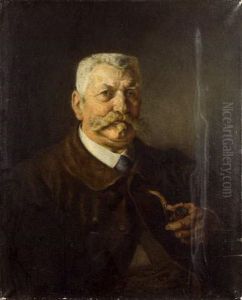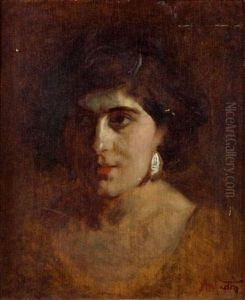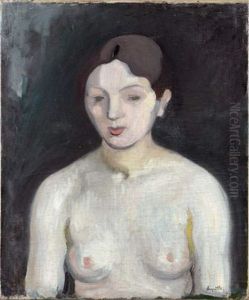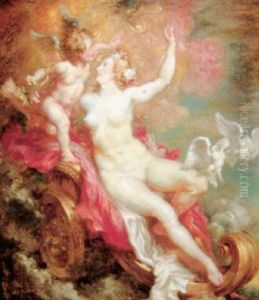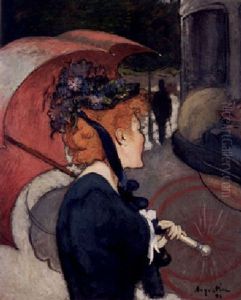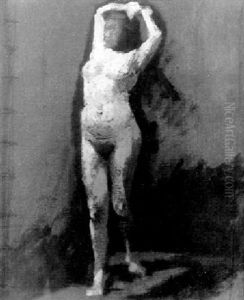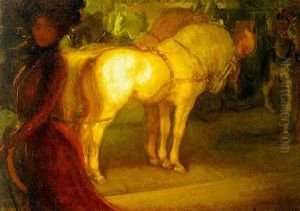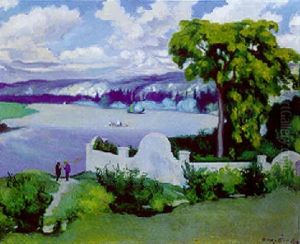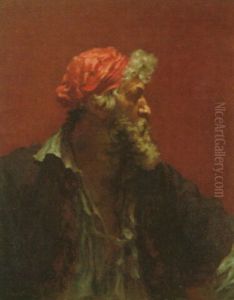Louis Anquetin Paintings
Louis Anquetin was a French painter who played a significant role in the Parisian art scene at the end of the 19th century. Born on January 26, 1861, in Étrépagny, Normandy, France, Anquetin moved to Paris in 1882 to pursue his artistic career. He initially studied at Léon Bonnat's studio, where he met and befriended fellow artists Henri de Toulouse-Lautrec and Vincent van Gogh.
Anquetin's early work was influenced by the Impressionists, but he soon joined the avant-garde movement, aligning himself with the Post-Impressionists. His style evolved as he experimented with the cloisonnist method, which emphasized bold outlines and flat areas of color, similar to the technique used in medieval enamels or stained-glass windows. This approach was also adopted by his contemporaries, Émile Bernard and Paul Gauguin.
In 1887, Anquetin and Bernard developed a painting style known as 'École de Pont-Aven', named after the village where Gauguin and Bernard worked for a period. However, Anquetin's most distinguished work is characterized by his development of the 'Luminism' style in the 1890s, which was inspired by the artificial lights of the city and nightlife. His painting 'Avenue de Clichy: Five O'clock in the Evening' from 1887 is a prime example of this period, capturing the effects of gaslight on the wet cobblestone streets.
Anquetin's exploration of new techniques and his interest in the effects of light reflected the broader trends of the time, as artists sought to capture modern life in their work. Despite his innovative contributions, Anquetin never achieved the same level of fame as some of his contemporaries. In the 1890s, he began to withdraw from the Parisian art scene and turned to a more traditional style, which further distanced him from the avant-garde movements that were gaining momentum.
Throughout his later life, Anquetin remained active as an artist but garnered little attention from the public or critics. He continued to paint, focusing on landscapes and equestrian scenes, and he also delved into the study of the Old Masters, which further influenced his work. Louis Anquetin died on August 19, 1932, in Paris, having lived through a dynamic period of artistic innovation. Although less well-known than some of his peers, his contributions to Post-Impressionism and his early experiments with color and light have secured him a place in art history.
